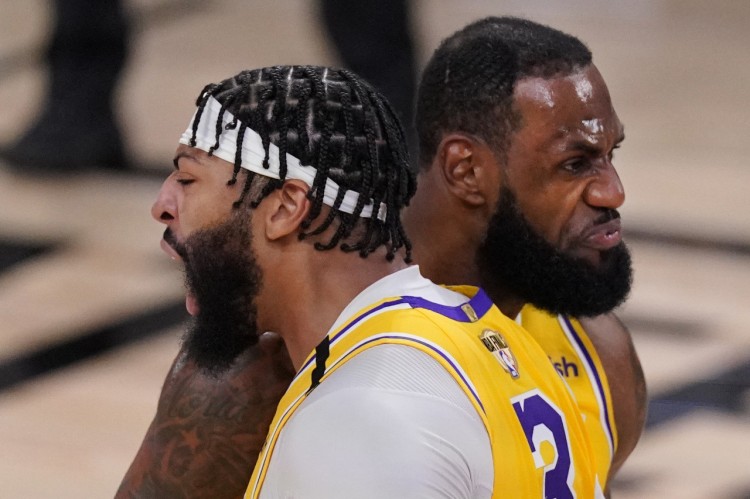
(The original text was published on October 12. The author is The contributing writer of The Ringer, Zach Kram. The content of The article does not represent The translator’s point of view.)
Introduction: With the price of superstars soaring like rockets, the qualification of selection rights swap has become an indispensable part of various trading schemes. But when the appointed time comes, how many teams will really exchange the picks? What is the level of the players selected by the exchanged picks? We already have the answer.
The price of getting an NBA superstar has never been so high. Not long ago, teams could get all-star players without paying any future picks or at most one. Now, every big deal has become a feast of picks.
But the way NBA teams trade picks is not so creative. They cannot trade “conditional picks” like NFL teams. In NFL, the ranking of “conditional picks” will change according to the performance of the teams that get them. Due to the “stapping clause” introduced by the league in the 1980 s, they could not trade out the picks for two consecutive seasons. They can only trade picks for the next seven years at most.
Therefore, when the general managers of the team invest more and more assets in the trading of superstars and want to seek some flexibility at the same time, they turn to an exploratory method more and more frequently: exchange of picks.
The deal of heavy eyebrows gave pelican and the Lakers the qualification to swap the first round picks in 2023. Paul George’s deal and Zhu holerdi’s deal respectively gave Thunder and Pelican two opportunities to exchange future picks. Harden’s deal left the rocket with four possible selection rights swap qualifications. Just this summer, three more big deals involving the exchange of picks appeared: Spurs got a qualification for the exchange of picks in the deal of dezhantai-Murray; jazz got a pick swap qualification in Gobel’s transaction, and then got two in Mitchell’s transaction.
Here is a way to quantify the qualification of the selection rights swap that is flying all over the league in an unprecedented way: this year is only 2022, however, the first-round selection rights swap qualifications sent by each team since 2020 have exceeded any of the past ten years.
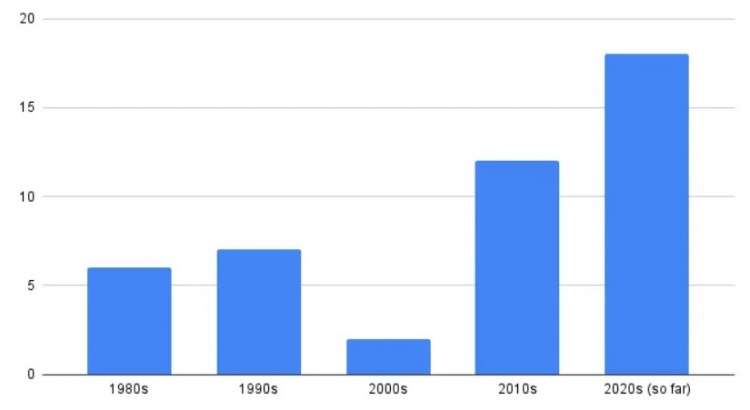
Number of selection rights swap qualifications sent out during each decade
However, how valuable is a selection right swap qualification? To answer this question, we investigated every first-round selection rights swap qualification in NBA history based on the data of Pro Sports Transactions. We have recorded whether each swap qualification is used; If it is indeed used, we also estimated how much value this swap qualification brought to the teams using it based on Kevin Pelton’s calculation of the value of the picks.
The calculation results show that the qualification of selection rights swap is far less important than they seem. Historically, a first-round selection rights swap qualification is only about the same value as a 36-sign. This point is worth repeating: the average value brought by a first-round selection right swap qualification is only equivalent to a second-round signing! Some team managers also believe that within the league-even more so in the eyes of the public-the qualification of the selection rights swap included in the star trading has been overvalued.
Celts who have obtained the qualification of selection rights swap in the past ten years have proved what the ideal result can be obtained only by the initiator of this swap. Basketable nets in the 2016-17 season had the worst record in the league and won the first prize. At that time, the celtics had the best record in the east and won the 27th. However, because the celtics obtained the qualification of selection rights swap from the transaction between pierce and garnett made by the two teams four years ago, they were able to sign for the first prize of basketable nets for their own use, however, the selection right of basketable nets slipped to the 27th place. Before the draft convention, the Celtics exchanged this champion sign for a flower exploration sign-that was obtained after 76 people exchanged the picks with the King, use it to add another Tatum to the lineup that he has just reached the Eastern finals.
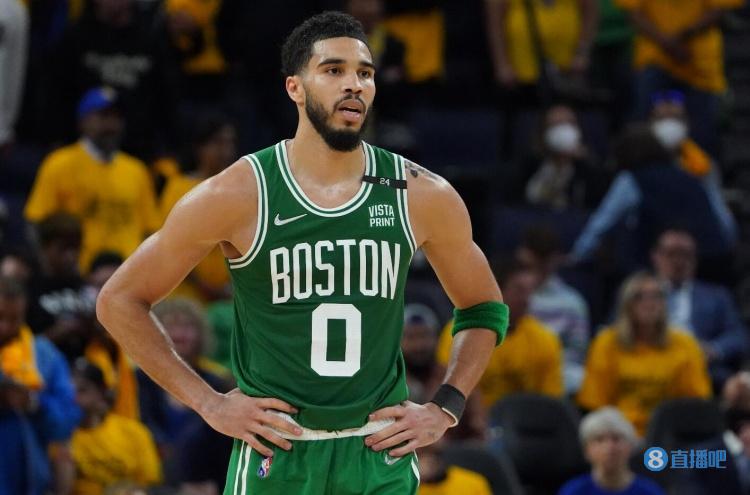
Although such a result is a dream for any team that has obtained the qualification of voting rights swap, it is far from normal. Let’s consider what happened after the first transaction including the qualification of selection rights swap since the record. In October 1980, the Lakers who just won the championship gave Portland the opportunity to swap the first round of picks in 1984, thus getting a big man named Jim Brewer who had been in the league for many years. To illustrate how people’s evaluation of the transaction value changes over time, let’s take a look at the Los Angeles Times’s comments on the transaction at that time. The newspaper wrote that the Lakers hoped Brewer could meet “their demand for a new substitute center and a big forward”. Today, this is like saying that the stag wanted to use a future pick swap qualification to get Ibaka last season. Imagine what kind of sensation this will cause.
Even if Brewer scored only 2.6 points in Los Angeles for the next two seasons, the Lakers will not regret giving the first-round selection rights swap qualification. In 1984, they were better than the Trailblazers, so the first round signing they got was not as good as the Trailblazers, and Portland had no choice to swap the picks. (Instead, the Blazers used the pick from the Lakers in the previous deal, which was the second-to-last in the second round.)
This example shows a much more common result. By 2022, only 12 of the 31 possible first-round selection rights swap will come true. That is to say, 61 percent of the league’s selection rights swap qualifications have finally become worthless.
(Please note that three of the 19 unused picks are protected picks. A recent example is that Oklahoma City got the qualification to exchange the first round of picks (the first four consecutive protection) with rockets from the deal between Wei Shao and Paul. But the rocket signed well that year and got the ranking sign, so Thunder could not use this swap qualification. However, even if we exclude those protected picks, our final conclusion will basically remain unchanged. Sequence protection is not the reason why the selection rights swap qualification has not been of much value in history.)
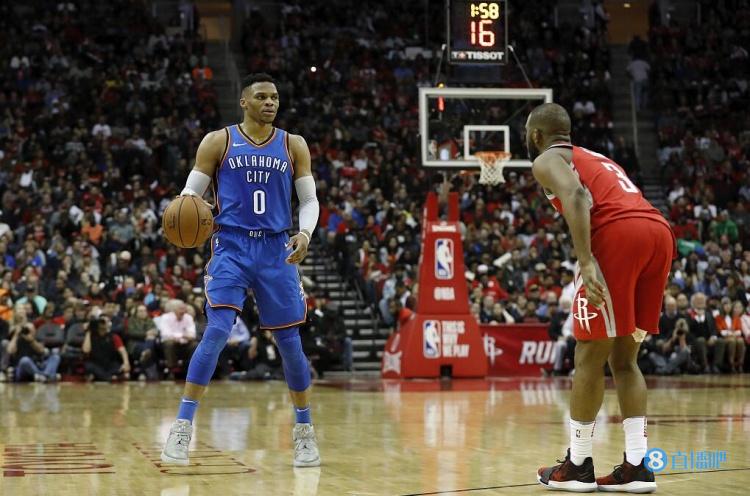
So, what about the twelve used swap qualifications? For those teams that can change to better picks, many of them only bring a little value, such as turning the 20th sign into the 18th sign or turning the 17th sign into the 15th sign, or change the 26th sign into the 18th sign. Some exchanges-especially those between Celtic people and basketable nets-are certainly much more valuable, but they are rare.
Therefore, in general, after taking into account the rank promotion brought by those unused swap qualifications and those used swap qualifications, we can calculate that the average value created by a selection right swap qualification is about equivalent to a 36-sign. This is only equivalent to 20% of the average value of a first-round pick. It can be seen that in the transaction, there is much value difference between the selection right Exchange qualification and an unprotected selection right.
(Ken Clayton of Salt City Hoops recently examined a smaller sample, calculate that the average value of a selection right swap qualification is about one third of the average value of a first-round selection right-better than the result I showed, but still unremarkable.)
There are several factors that can help explain why the selection rights swap qualification often cannot support the team’s ambition. First of all, it is worth emphasizing that the qualification of selection rights exchange will not be used at all. Teams that send out the qualification of voting rights swap through trading are often very competitive, while those teams that get the qualification of swap are often in the process of rebuilding, therefore, it is more likely that the former will have a better record than the latter, so the ranking of the selection right is lower than that of the latter.
For example, the Rockets obtained some qualification for selection swap in the transaction of sending Harden to basketable nets, one of which was in 2021-that is, the year when the transaction took place. That summer, it was absolutely impossible for basketable nets of the picks to be better than the Rockets.
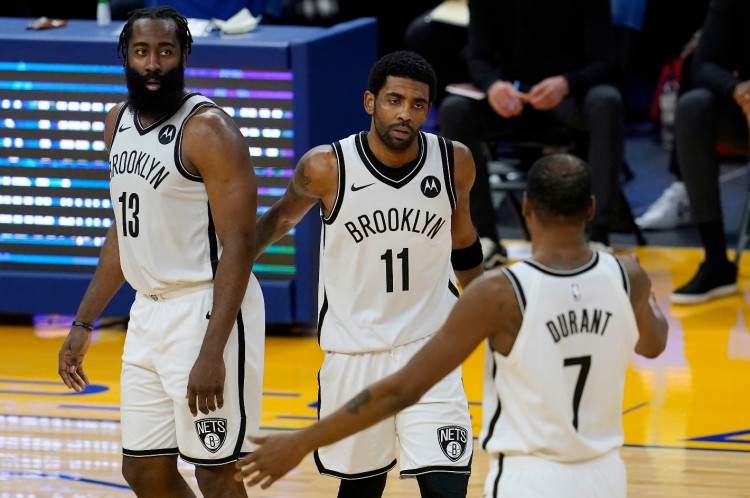
Therefore, the teams who get the qualification of selection rights swap will try their best to postpone its application time to a further future through negotiation, that is, when they may have fallen from the current championship position. Utah won three selection rights swap qualifications this summer in 2026 (from minnesota),2026 (from cleveland) and 2028 (from cleveland). It is almost impossible to predict the strength of a team after three years or more-(from 1988-89 to 2018-19) less than half of the 50 winning teams will be equally good three years later-so Utah may still enjoy another basketable nets/Celtic pick swap in the second half of the 1920 s.
But even at that time, this exchange was difficult to happen. A team is randomly selected, and the probability that it will get the right of selection after the end of a certain season is only 50% better than that of another randomly selected team. Therefore, even under the best circumstances, in the long run, the benefits that a team can obtain from the selection rights swap qualification are almost always equal to zero.
Look at the swap qualifications that will take effect next summer: in the 2023 draft, Thunder can swap picks with clippers, which is unlikely. Rockets can exchange picks with basketable nets, which is also unlikely unless the basketable Nets completely collapses or the Rockets play extraordinary. On the other hand, the selection rights swap between pelican and Lakers is more likely to happen.
In addition, even the used swap qualification is difficult to create great value. This is because the influence of the first few ranks in a draft is much greater than that of the rest. According to Pelton’s draft form, the gap between the no. 5 sign and the no. 5 sign is almost as big as the gap between the no. 5 sign and the no. 30 sign. The gap between the number one sign and the number 17 sign is equivalent to the gap between the number 7 sign and the number 60 sign.
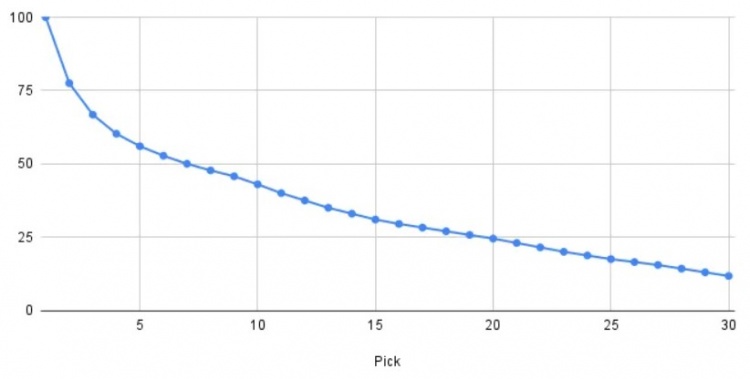
The value of the first round of picks (based on Kevin Pelton’s draft form, horizontal axis-draft sequence, vertical axis-conversion value between 0 and 100)
Therefore, to collect the real value from the selection right Exchange qualification, you have to exchange the first few choices-this is one of the few. In history, only two teams have promoted their picks to the top five ranks by using the exchange qualification. One of them was the Celts in 2017, who bought the first prize from basketable nets. The other was supersonic in 1987. They changed the 18th sign to the 5th sign and got a Hall of Fame player. That year, the Knicks selected Mark Jackson with the 18th signature from supersonic. SuperSonics selected Pippen with the 5th sign, and then sent him to the bull, in exchange for some assets including the future selection rights swap qualification-which was also coincidentally.
When it comes to the third most influential pick swap in the history of the alliance, Knicks are also the losers. As part of Eddie Curry’s deal, the bull exchanged the 9th sign from the Knicks in 2007 and finally selected jokin Noah, while the Knicks had to accept the 23th sign from the bull.
(Well, as for Knicks, there is another selection swap worth mentioning. The aftermath of Anthony’s big deal lasted until the 2016 draft. At that time, the Nuggets used the selection rights swap qualification and got the 7th sign from Knicks, while Knicks got the 9th sign. The expected value of sign 7 and sign 9 is almost the same, so this is not a big problem. But the Nuggets chose Murray, and the Knicks-well, the Knicks didn’t choose anyone with the 9th sign, because they still owed Toronto a first round sign in 2016 in the previous deal of Andria-Baniya.)
However, based on Pelton’s value calculation, only three of the 31 possible selection rights exchanges until this year have brought the team a value equal to or better than a 20-sign.
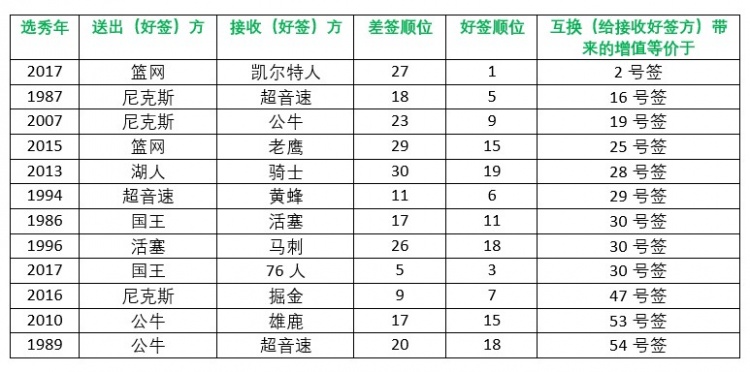
The last key point worth remembering is that, unlike most picks deals, teams that receive the pick-up swap qualification do not actually get one more pick. In the 2017 King-76 people selection rights swap, Philadelphia just upgraded its No. 5 sign to No. 3 sign. As shown in the table above, the expected value difference between sign 3 and sign 5 is only equivalent to a sign 30. No one should be too excited about getting something that is essentially the last sign of the first round.
Therefore, if the selection rights swap is almost plain, why will the teams rebuilt in recent seasons pursue it more and more frequently? Part of the reason is that this change is imperative, because the price of getting stars from the trading market is soaring. In the Mitchell deal, the Knight agreed to send the unprotected picks of 2025, 2027 and 2029 to Utah, but due to the stetping clause mentioned above, they cannot send out the picks of 2026 and 2028. They can only provide the qualification for the selection rights swap in the past two years.
However, team managers also believe that the league generally overvalued the qualifications for the selection swap, because these qualifications contain a subtle possibility of improving the team’s strength. A top data analyst compared the qualification of the selection rights swap to the lottery itself-any team that sucks may not get the first prize, but this does not affect their desire for the first prize. If a team gets a lot of picks swap qualifications-just like what Rockets did in a big deal, or as the jazz did in several transactions-then at least one of them will be more likely to become a high ranking candidate (like the case of celtics in 2017).
However, history has proved that the sharp increase in selection right order caused by swap depends on the superposition of a series of coincidences. With the continuation of this decade of this century, each team may continue to send out stars to get the qualification of the selection rights swap, but these swap will not be able to stimulate any storm before people forget it.
Original: Zach Kram
Compilation: asteroid falling
Discussion & Analysis